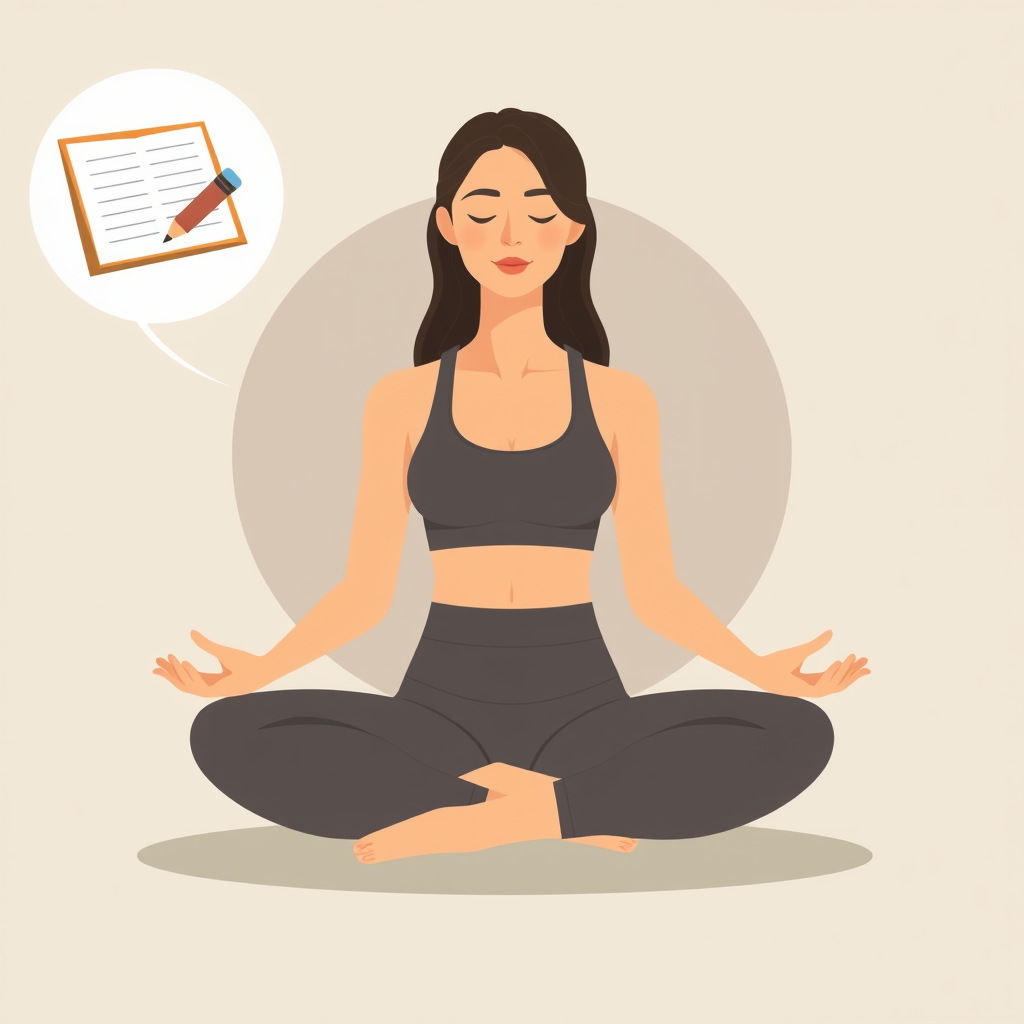Noting Meditation
Cultivating Awareness Through Gentle Observation
Noting meditation is a simple yet transformative mindfulness practice that trains your mind to observe and label your experiences in the present moment. By identifying thoughts, emotions, or sensations as they arise, you develop a sense of clarity, calmness, and detachment. This practice is a cornerstone of many mindfulness traditions, especially in Vipassana (insight) meditation, and can be a powerful tool for deepening self-awareness.

What is Noting Meditation?
At its core, noting meditation involves mentally “noting” or labeling what you observe during meditation. This could be a thought (“planning”), an emotion (“anger”), or a sensation (“warmth in the hands”). The purpose is not to judge, analyze, or get rid of these experiences, but simply to acknowledge them with curiosity and let them pass.
By assigning a simple label to your experiences, you create space between yourself and the experience, reducing reactivity and cultivating greater mindfulness.
Why Practice Noting Meditation?
Noting meditation offers numerous benefits for both beginners and experienced meditators:
- Increases Mindfulness: It trains you to notice thoughts, feelings, and sensations without becoming overwhelmed by them.
- Reduces Reactivity: By labeling experiences, you learn to respond to life’s challenges with calmness instead of reacting impulsively.
- Deepens Self-Awareness: Regular practice helps you better understand your mental and emotional patterns.
- Supports Emotional Regulation: Noting emotions can prevent them from spiraling out of control, promoting inner balance.
- Improves Focus: The act of labeling anchors your attention, helping you stay present.
How to Practice Noting Meditation
Here’s a step-by-step guide to get started:
-
Find a Comfortable Position
Sit in a chair, on a cushion, or wherever you feel at ease. Keep your back straight but relaxed, and rest your hands on your lap or knees. -
Settle Into the Present Moment
Close your eyes or keep a soft gaze. Take a few deep breaths to ground yourself, noticing the sensation of air entering and leaving your body. -
Begin Observing
Turn your attention to your current experience. Start with your breath, and notice its rhythm, depth, or location. Then allow your awareness to expand, noticing anything that arises—thoughts, emotions, bodily sensations, or sounds. -
Label Each Experience
When something arises, silently assign it a label. For example:- A thought about the future: “Planning.”
- A tightness in the chest: “Tension.”
- A feeling of frustration: “Anger.”
- The sound of a bird: “Hearing.”
Keep the labels simple, using one or two words. You’re not analyzing or fixing the experience, just acknowledging it.
-
Let It Pass
After noting an experience, gently return your attention to the breath or wait for the next sensation to arise. The goal is to remain curious and nonjudgmental. -
Practice for 5–20 Minutes
Begin with just 5 minutes and gradually increase the duration as you become more comfortable.
Tips for a Deeper Practice
- Be Kind to Yourself: If you find yourself getting frustrated or distracted, simply note “Frustration” or “Distraction” and return to your practice. This is part of the process.
- Don’t Overthink the Labels: Keep them simple. They’re meant to help you observe, not create additional mental clutter.
- Stay Neutral: Avoid getting caught up in the experience. Note it, let it go, and move on.
Common Categories for Noting
Here are some common types of experiences you might label during meditation:
- Thoughts: Planning, remembering, worrying, imagining.
- Emotions: Joy, sadness, frustration, calm.
- Sensations: Tingling, warmth, tightness, itching.
- External Inputs: Hearing, seeing, smelling.
- Judgments: Liking, disliking, neutral.
Feel free to adjust the labels to suit your practice. The goal is to make the practice personal and effective.
Why Noting Meditation Works
By labeling our experiences, we stop identifying so strongly with them and recognize that thoughts and feelings are just passing phenomena—like clouds drifting through the sky.
This clarity allows us to step back from our usual patterns of reactivity and meet each moment with curiosity and presence.
Ready to Begin?
Noting meditation is one of the simplest mindfulness practices to start, yet it can profoundly shift the way you relate to your inner world. Set aside just a few minutes today to practice noting—and discover how naming your experiences can bring clarity, calmness, and greater self-awareness to your life.
Feedback
Was this page helpful?
Glad to hear it! Please tell us how we can improve.
Sorry to hear that. Please tell us how we can improve.